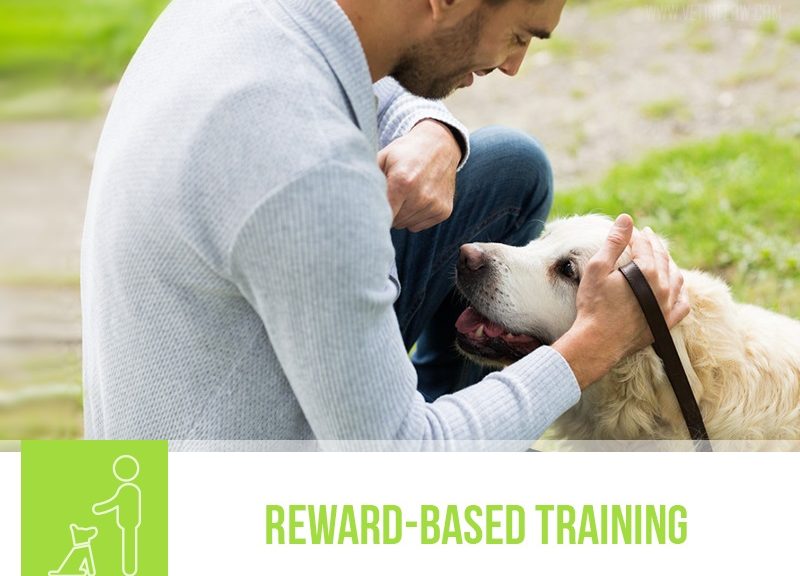Now that the weather is getting warmer, the days longer, and the spring flowers are starting to bloom, we look at our canine friends and can’t help the feeling of wanting to go on an outdoor adventure.
However, if you’re planning to take your 4-legged friend on a hike or a long walk by the beach, there are some things you should keep in mind so that everything goes smoothly.
Preparations…
First things first: make sure your dog’s identification details are up to date. This includes the microchip information but also ensuring that your dog wears a collar/harness with an identification tag. These are legal requirements and will be valuable tools in case your dog decides to go on an unsanctioned adventure of his own!
Also, it is a good idea to check if your dog’s worming, flea and tick treatments are up to date. Warmer weather means the parasites are booming, and they can easily bother your dog if he or she is not properly protected.
Getting there…
For walks that go beyond the neighbourhood park, you and your dog will probably have to go on a road trip to get to the desired location.
Safety first: do not let your pet ride loose in the car. There are plenty of options to keep your dog comfortable and safe, such as pet seat belts, carriers or travel cages, for example. Just make sure it is something appropriate to your dog’s size.
If your dog suffers from motion sickness, gradually getting him or her used to riding in the car by starting with short rides and progressively increasing their duration could be beneficial.
If you’re travelling a long distance, make sure to plan for regular stops so you can both stretch your legs, use the ‘loo’, and keep hydrated.
Never leave your dog unattended in the car! Even if the weather doesn’t seem that warm, the temperature inside a locked vehicle can increase dramatically in a short amount of time causing heatstroke, which can be fatal!
We’ve arrived! Can we have fun now?
Now that you’re in the big outdoors, you should be looking out for some possible dangers. Make sure to have a quick look around to identify anything that could become a problem, such as:
- Grass seeds and foxtail – these plants can easily get stuck on your dog’s ears, face, pads or fur, and then make their way through the skin, causing irritation, inflammation and localised infections.
- Sticks, stones, shells, and various other objects – if your dog has a curious nature, make sure there’s nothing dangerous around that he or she could put in his or her mouth and inadvertently swallow. Make sure you bring your own toys to play fetch and do not be tempted to throw sticks.
- Insects – also, if you see any bees or wasps, it’s better to keep your distance. Do not let your dog chase them around as some dogs, just like people, can have allergic reactions to their stings. These can cause severe breathing difficulties that can be life-threatening.
Whenever possible, walk with your dog in the shade and make sure to bring plenty of fresh water. Do not let your dog drink from other water sources as stagnant water can be contaminated with bacteria and parasites, which can cause serious diseases such as Leptospirosis or lungworm or can cause your dog to be sick.
The more information you have on the place you’re visiting, the better prepared you can be for a safe, fun adventure so make sure to look ahead, plan in advance and enjoy!
Would you like to know more about dogs? Check our Canine Courses:
![]()



















